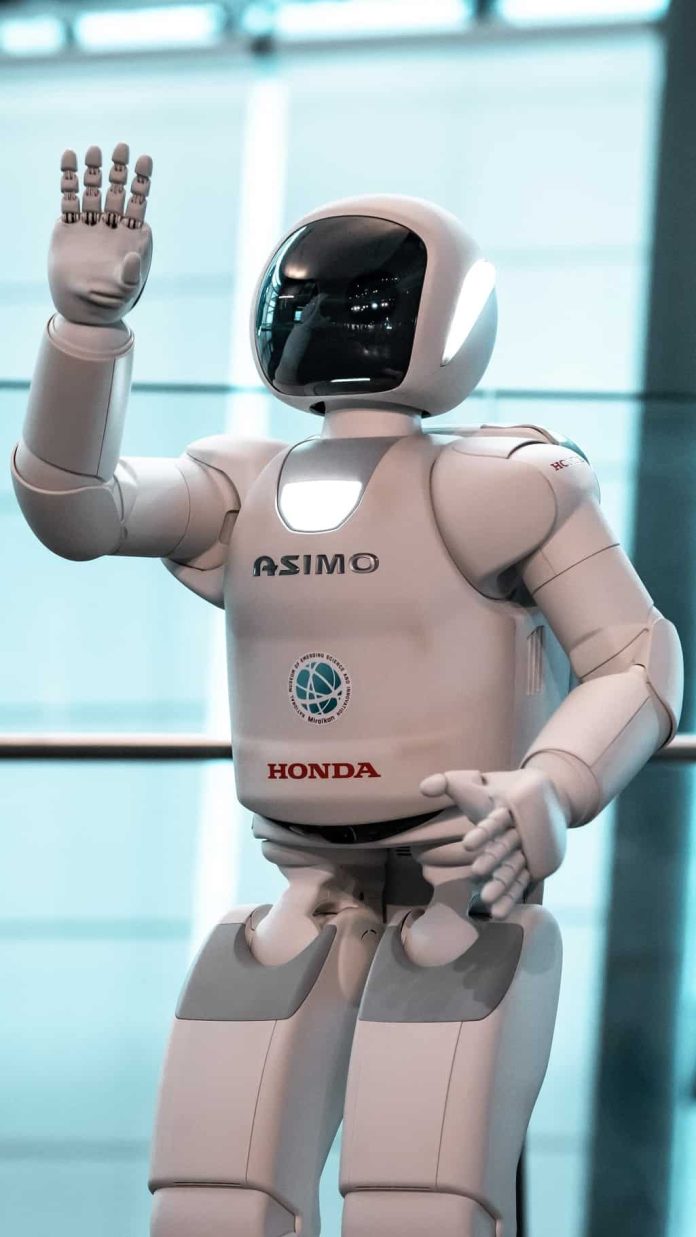With increasing competition among businesses and higher customer expectations, customer support now has unprecedented importance. And to enhance customer support, businesses are looking for smart solutions to implement. Whereas finding gaps in service and training are important, businesses are curious about other solutions as well.
Some businesses are looking for automated processes like chatbots while others are leveraging offshore contact centers. Companies outsource email support services, chat support, back-office services, and voice processes. On the other hand, automation and the use of AI can bridge many gaps as well. But it also gives rise to the question: will robots replace the jobs of human call center jobs?
The answer is no. It does not seem like it yet. The following are the reasons:
Missing Personalized Human Touch
Several stats show that today customer experience is now more important than the product and the price in many cases. Bad interaction can cost you lost customers and good support can retain them. What’s important to understand is the fact customers do not just want fast responses alone. The responses should be smart and personalized against the customer’s query. The AI technology present today is simply not capable of doing so.
A robot can offer solutions to a query but not in an engaging manner as a human. They simply lack the crucial human touch. And that’s a major bridge in customer support that AI is not capable of covering. So, your customer satisfaction rates won’t go up and you may not get the benefits you could be seeking.
In contrast, human call center agents go through training to come up with the most fitting responses to customer queries. From customized greetings to understanding the problems and offering solutions to closing the query, a human agent has a better chance of satisfying a customer.
Lack of Emotional Intelligence
Sometimes, AI may not understand what a customer means by what they say. It could be because of sarcasm, figures of speech, and so much more. It gets even more difficult considering the massive percentage of customers comprised of Gen Z.
AI cannot differentiate when someone is being genuine or sarcastic. If you use one of the more famous AI robots out there like Cortana, Siri, or Google Assistant, you can try it for yourself. Understanding is the key to any communication regardless of whether it is for contact center services or anything else. So, it is another major roadblock to total dependence on AI for customer experience.
On the flip side, comprehending what a customer really wants to say is no biggie for a call center agent. They interact with people all the time. Also, they are more aware of slang, sarcasm, and figures of speech. So, it is another reason why complete dependence on robots for customer support is not feasible.
More Developments Required
Call centers usually utilize two types of artificial intelligence: machine learning and NLP (natural language processing). Machine learning is an adaptive technology that learns from past data to offer solutions for the future. On the other hand, NLP is a technology that understands speech and text. Currently, both these technologies can assist agents but cannot replace them.
Machine learning can prepare the agents for handling future queries and training. NLP powers chatbots and can understand the tone and theme of communication between an agent and a customer. Yet again, the former has its limitations and challenges in comprehension.
Simply put, the futuristic self-answering and understanding customer service robots have not arrived. The best such technologies can assist businesses is by making operations easier for the agents.
Robot-Human Collaborative Efforts
The blend of human interaction and artificial intelligence has the potential to significantly boost the customer experience. Let the human factor and robots cover each other’s gaps and offer an immaculate customer experience.
These advanced technologies can help your customer support agents manage workloads. Also, they can prioritize customer queries to resolve for an agent. Reduced manual efforts can mean low bounce rates, low average waiting time, and increased first contact resolution rates. Such automation can make your customer support process more efficient and can help you boost customer experience. On top of that, AI can help with reporting, historical data, and recording CSAT and NPS scores.
In short, there are plenty of ways robots can help contact centers. But replacing human agents is not one of them.




